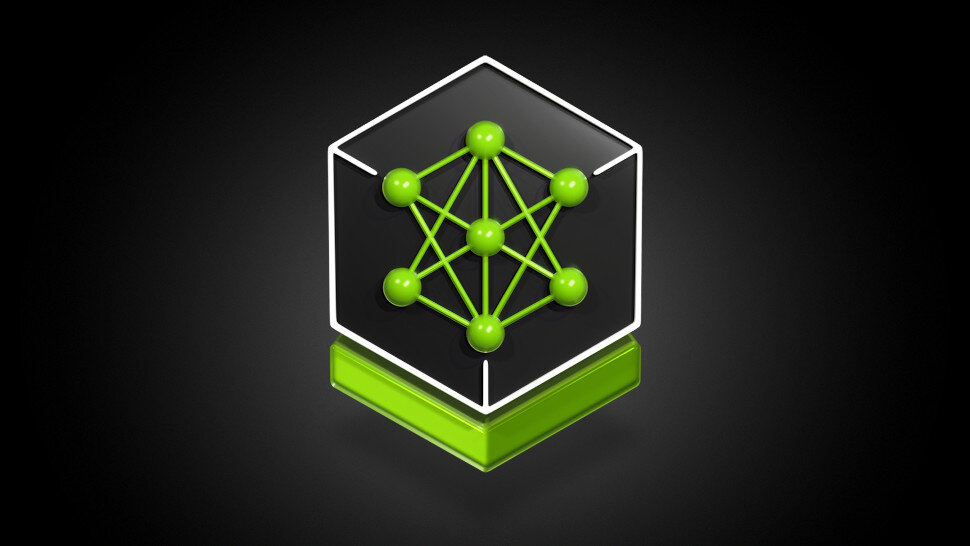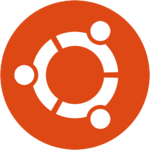Search the Community
Showing results for tags 'ai development'.
-
In a bid to help businesses of all sizes embrace the new AI-driven world, Nvidia has taken the wraps off a new approach for software and microservice access that it says could change everything. The company's Nvidia Inference Microservices, or NIM, offerings will look to replace the myriad of code and services currently needed to create or run software. Instead, a NIM will collate together a collection of containerized models and their dependencies in a single package, which can then be distributed and deployed where needed. NIM-ble In his keynote speech at the recent Nvidia GTC 2024 event, company CEO Jensen Huang said that the new approach signals a shift change for businesses everywhere. "It is unlikely that you'll write it from scratch or write a whole bunch of Python code or anything like that," Huang said. "It is very likely that you assemble a team of AI." "This is how we're going to write software in the future." (Image credit: Future / Mike Moore) Huang noted that AI tools and LLMs will likely be a common sight in NIM deployments as companies across the world look to embrace the latest technologies. He gave one example of how Nvidia itself is using one such NIM to create an internal chatbot designed to solve common problems encountered when building chips, helping improve knowledge and capabilities across the board. Nvidia adds that NIMs built for portability and control, and can be deployed across not only cloud, but also on-premise data centers and even local workstations, including its RTX workstations and PCs as well as its DGX and DGX Cloud services. Developers can access AI models through APIs that adhere to the industry standards for each domain, simplifying application development, and NIM will be available as part of Nvidia AI Enterprise, the company's new platform and hub for AI services, offering a one-stop shop for businesses to understand and access new tools, with NIM AI use cases spreading across LLMs, VLMS, drug discovery, medical imaging and more. More from TechRadar Pro Nvidia CEO says don't give up learning new skills — just maybe leave programming to AI"The world's most powerful chip" – Nvidia says its new Blackwell is set to power the next generation of AIHere is our guide to the best AI writers available View the full article
-
Fig.1. NVIDIA AI Workbench Canonical expands its collaboration with NVIDIA through NVIDIA AI Workbench. NVIDIA AI Workbench is supported across workstations, data centres, and cloud deployments. NVIDIA AI Workbench is an easy-to-use toolkit that allows developers to create, test, and customise AI and machine learning models on their PC or workstation and scale them to the data centre or public cloud. It simplifies interactive development workflows while automating technical tasks that halt beginners and derail experts. Collaborative AI and ML development is now possible on any platform – and for any skill level. As the preferred OS for data science, artificial intelligence and machine learning, Ubuntu and Canonical play an integral role in AI Workbench capabilities. On Windows, Ubuntu powers AI Workbench via WSL2. In the cloud, Ubuntu 22.04 LTS enables AI Workbench cloud deployments as the only target OS supported for remote machines. For AI application deployments from the datacenter to cloud to edge, Ubuntu-based containers are included as a key part of AI Workbench. This seamless end user experience is made possible thanks to the partnership between Canonical and NVIDIA. Define your AI journey, start local and scale globally Create, collaborate, and reproduce generative AI and data science projects with ease. Develop and execute while NVIDIA AI Workbench handles the rest: Streamlined setup: easy installation and configuration of containerized development environments for GPU-accelerated hardware. Laptop to cloud: start locally on a RTX PC or workstation and scale out to data centre or cloud in just a few clicks. Automated workflow management: simplified management of project resources, versioning, and dependency tracking. Fig 2. Environment Window in AI Workbench Desktop App Ubuntu and NVIDIA AI Workbench improve the end user experience for Generative AI workloads on client machines As the established OS for data science, Ubuntu is now commonly being used for AI/ML development and deployment purposes. This includes development, processing, and iterations of Generative AI (GenAI) workloads. GenAI on both smaller devices and GPUs is increasingly important with the growth of edge AI applications and devices. Applications such as smart cities require more edge devices such as cameras and sensors and thus require more data to be processed at the edge. To make it easier for end users to deploy workloads with more customisability, Ubuntu containers are often preferred due to their ease of use for bare metal deployments. NVIDIA AI Workbench offers Ubuntu container options that are well integrated and suited for GenAI use cases. Fig 3. AI Workbench Development Workflow Peace of mind with Ubuntu LTS With Ubuntu, developers benefit from Canonical’s 20-year track record of Long Term Supported releases, delivering security updates and patching for 5 years. With Ubuntu Pro, organisations can extend that support and security maintenance commitment to 10 years to offload security and compliance from their team so you can focus on building great models. Together, Canonical and Ubuntu provide an optimised and secure environment for AI innovators wherever they are. Getting started is easy (and free). Get started with Canonical Open Source AI Solutions Check out more information about Canonical and NVIDIA’s efforts to help enterprises adopt AI. Canonical software is validated as part of the NVIDIA DGX-Ready Software program. Download the Run AI at scale whitepaper to learn how to build your performant ML stack with NVIDIA DGX and Kubeflow. Check out more information about AI Workbench. View the full article
-
- ai development
- ai
-
(and 2 more)
Tagged with:
-
Fig.1. NVIDIA AI Workbench Canonical expands its collaboration with NVIDIA through NVIDIA AI Workbench. NVIDIA AI Workbench is supported across workstations, data centres, and cloud deployments. NVIDIA AI Workbench is an easy-to-use toolkit that allows developers to create, test, and customise AI and machine learning models on their PC or workstation and scale them to the data centre or public cloud. It simplifies interactive development workflows while automating technical tasks that halt beginners and derail experts. Collaborative AI and ML development is now possible on any platform – and for any skill level. As the preferred OS for data science, artificial intelligence and machine learning, Ubuntu and Canonical play an integral role in AI Workbench capabilities. On Windows, Ubuntu powers AI Workbench via WSL2. In the cloud, Ubuntu 22.04 LTS enables AI Workbench cloud deployments as the only target OS supported for remote machines. For AI application deployments from the datacenter to cloud to edge, Ubuntu-based containers are included as a key part of AI Workbench. This seamless end user experience is made possible thanks to the partnership between Canonical and NVIDIA. Define your AI journey, start local and scale globally Create, collaborate, and reproduce generative AI and data science projects with ease. Develop and execute while NVIDIA AI Workbench handles the rest: Streamlined setup: easy installation and configuration of containerized development environments for GPU-accelerated hardware. Laptop to cloud: start locally on a RTX PC or workstation and scale out to data centre or cloud in just a few clicks. Automated workflow management: simplified management of project resources, versioning, and dependency tracking. Fig 2. Environment Window in AI Workbench Desktop App Ubuntu and NVIDIA AI Workbench improve the end user experience for Generative AI workloads on client machines As the established OS for data science, Ubuntu is now commonly being used for AI/ML development and deployment purposes. This includes development, processing, and iterations of Generative AI (GenAI) workloads. GenAI on both smaller devices and GPUs is increasingly important with the growth of edge AI applications and devices. Applications such as smart cities require more edge devices such as cameras and sensors and thus require more data to be processed at the edge. To make it easier for end users to deploy workloads with more customisability, Ubuntu containers are often preferred due to their ease of use for bare metal deployments. NVIDIA AI Workbench offers Ubuntu container options that are well integrated and suited for GenAI use cases. Fig 3. AI Workbench Development Workflow Peace of mind with Ubuntu LTS With Ubuntu, developers benefit from Canonical’s 20-year track record of Long Term Supported releases, delivering security updates and patching for 5 years. With Ubuntu Pro, organisations can extend that support and security maintenance commitment to 10 years to offload security and compliance from their team so you can focus on building great models. Together, Canonical and Ubuntu provide an optimised and secure environment for AI innovators wherever they are. Getting started is easy (and free). Get started with Canonical Open Source AI Solutions Check out more information about Canonical and NVIDIA’s efforts to help enterprises adopt AI. Canonical software is validated as part of the NVIDIA DGX-Ready Software program. Download the Run AI at scale whitepaper to learn how to build your performant ML stack with NVIDIA DGX and Kubeflow. Check out more information about AI Workbench. View the full article
-
Forum Statistics
73.8k
Total Topics71.7k
Total Posts
.png.6dd3056f38e93712a18d153891e8e0fc.png.1dbd1e5f05de09e66333e631e3342b83.png.933f4dc78ef5a5d2971934bd41ead8a1.png)


